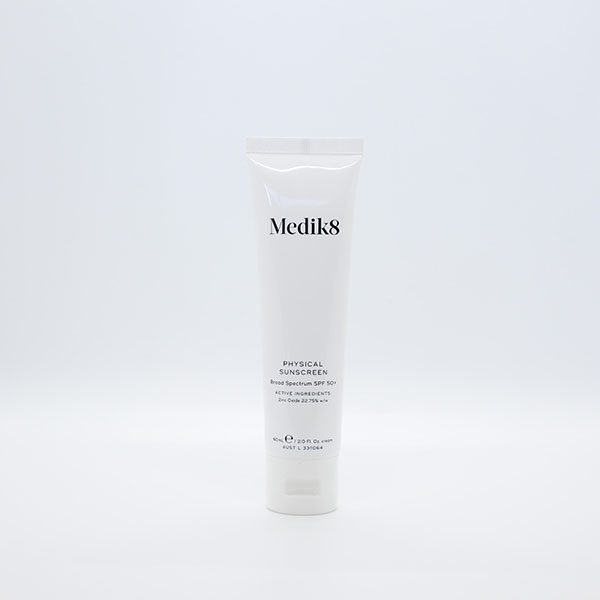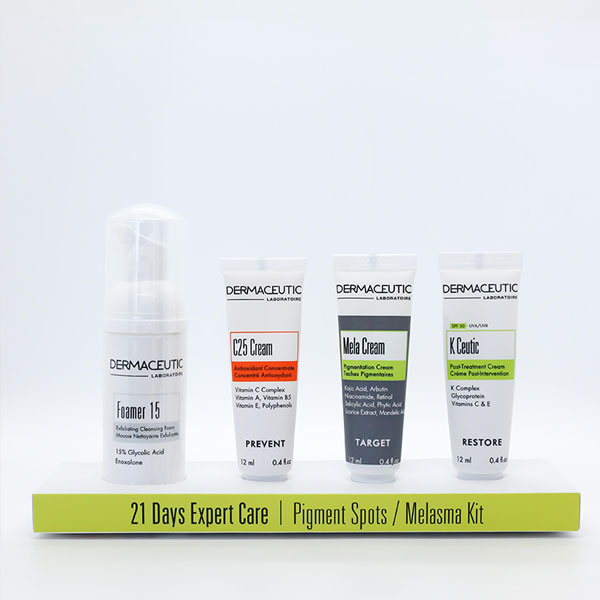Fat transfer is a useful procedure to correct large volume deficits. We employ high yield manual harvesting techniques to ensure the greatest fat survival rate. Fat can be repurposed to increase volume. Nano & micro fat can also improve skin quality & luminosity.
Key Points
- Fat is a natural source of stem cells known as adipose stem cells
- Stem cells can naturally regenerate tissue
- These cells can differentiate into fibroblast to produce collagen
- Stem cells can give rise to younger skin cells, in turn improving skin quality
- The true value of fat transfer lies in the ability to correct volume loss
Fat Transfer at a glance
Our results speak for themselves
FAQs
What are the advantages of fat transfer?
The main advantages of fat transfer include –
- Large volumes are more economical than dermal fillers. If we are correcting larger volume deficits of well over 10 mls, the economics of fat add up. Most patients have a large volume of donor fat to harvest.
- Longevity. Fat survival after the initial period can outlast most filers by a factor of 2-4.
- Natural autologous donor transfer of fat cells & stem cells are the major advantages of fat grafting.
Fat transfer without centrifugation also preserves your body’s stem cells. These stem cells can proliferate to collagen producing fibroblasts. Growth factors harvested from the donor site can improve skin quality.
What are the disadvantages of fat transfer?
The major disadvantage of fat grafting is predictability. Absorption rates vary considerably between patients with up to 50% resorption within the first 6 months.
Fat also lacks high G prime characteristics of fillers; hence fat is not great for providing structural lifting & foundation.
At the other end of the spectrum, fat, including nano & micro fat do not have the malleability of low viscosity hyaluronic acid dermal fillers, this means tissue integration in thin skin areas such as the tear troughs can be challenging.
Fat or filler, what is best for me?
Pros & cons for both. Our group works with both, & depending on the patient, we may advise you one way or the other.
We also work with collagen stimulating dermal fillers including Ca OH apatite & poly-L-lactic acid as these filler subtypes last longer than normal hyaluronic acid fillers.
| Fat transfer | High resorption/ unpredictable | Great for volume | Best for large volume corrections |
| Dermal fillers |
Low resorption/ predictable |
Great for structure & finesse | Best for small volume corrections |
How many sessions will I require?
1- 3 sessions, depending on your absorption rate. The disadvantage of fat transfer is the unknown variable of fat absorption by your own immune system. Though we use ‘high survival’ fat transfer (a relatively recent advancement in how we transfer fat), the graft survival rate can still vary from 50 to 95%.
Are the results permanent?
Results are generally longer lasting compared to dermal fillers; however, the initial uptake is not as predictable.
As a guide, you can expect over 4 years duration, however more superficial placement of fat (microdroplets) into the dermis lasts only a few months.
Can fat stem cells increase collagen?
In theory, adipose stem cells or ASC from fat transfer can differentiate to form skin cells, collagen producing fibroblasts & many more cell lineages.
The amount of clinically significant collagen production, as opposed to the theoretical amount, is quite small. We do get some improvement in skin quality; however the results are equivalent to a simple, low downtime, low cost resurfacing laser.
Skin quality improvements for patients living in Queensland required more than just nano-fat transfer. Therefore, dermatologists will perform a chemical peel or resurfacing procedure at the same time as fat grafting.
Who is the ideal candidate for fat transfer?
A healthy lifestyle, normal BMI & stable weight is a good starting point. Too much weight loss can result in absorption of facial fat, whilst weight gain of 5-8% may increase the size of fat cells.
Fat transfer is more economically viable in patients with a high-volume loss deficit of greater than 10 mls.
Why do we combine lasers with fat transfer?
Fat is best for volumetric replacement. It does not reliably address skin quality issues such as fine lines, wrinkles, pigmentation & textural changes.
Most of our patients will have significant quality issues due our high UV index in Queensland. On this basis we often combine a resurfacing procedure at the same time as transfer. The most common laser procedure is Hybrid Resurfacing with erbium, CO2 & other laser wavelengths.
Nanofat complements the results from lasers & speeds up the healing times.
Fat transfer is useful for large volume replacement, however the uncertainty of absorption makes this treatment less predictable compared to dermal fillers.
Where is the fat harvested from?
The three main sites are the abdomen, flanks/back & the medial thigh. There is limited evidence that one site is better than the other.
Harvesting the fat takes 5-15 minutes, & it is the easiest step of this procedure.
Is the treatment painful?
No, fat transfer is conducted under conscious sedation, with tumescent analgesia. The procedure takes 40-90 minutes, depending on the complexity.
Post procedure, there is no pain.
Can fat transfer treat acne scars?
Fat transfer is offered to patients who have large volume deficits of over 6-8 mls. In the context of scar revision, fat works best to replace adipose tissue damaged from inflammatory acne.
The theoretical value of adipose derived stem cells is attractive, however the amount of collagen they can clinically generate is modest.
Can nano fat treat dark circles?
Marginal effects can be seen. The aetiology of dark circles is complex. Nano fat is only useful if the dermis is thin. In this context fat –
- Increases the adipose layer under the eye.
- Nano fat stimulates collagen, thickening the dermal layer.
- Has minimal impact on pigment cells
Most patients require 2-3 sessions, overcorrection is commonly seen.
Learn more (link to treating Dark Circles)
When will I see the results?
Immediately after the procedure you will notice more volume. Over the next few months, you will notice-
- A reduction in volume as some fat is resorbed by the body
- Changes in skin quality, namely brighter more radiant skin
- A reduction in wrinkles, pore sizing & pigmentation
Fat resorption stabilizes at 6 months, whilst conversely, collagen generation is maximal in this time frame.
What should you consider before undertaking fat transfer?
Fat transfer is an investment in your recovery time, & money. It can potentially be a costly exercise, so consider-
Clinical application. Is fat the BEST choice. As stated, we do believe that fat is an excellent option for high volume replacement. It may not be the best for finesse & structure.
Skin quality. Nano fat has been shown to improve skin quality; however, results are not long lasting. In fact, a ninety-dollar chemical peel performed by a dermal therapist can give superior results.
Predictability: sure, for large volumes, it can be more cost effective. More volumetric improvements with small to medium jobs, dermal fillers are infinitely more predictable.
Costs: factor in 2 sessions of transfer based upon resorption rates.




